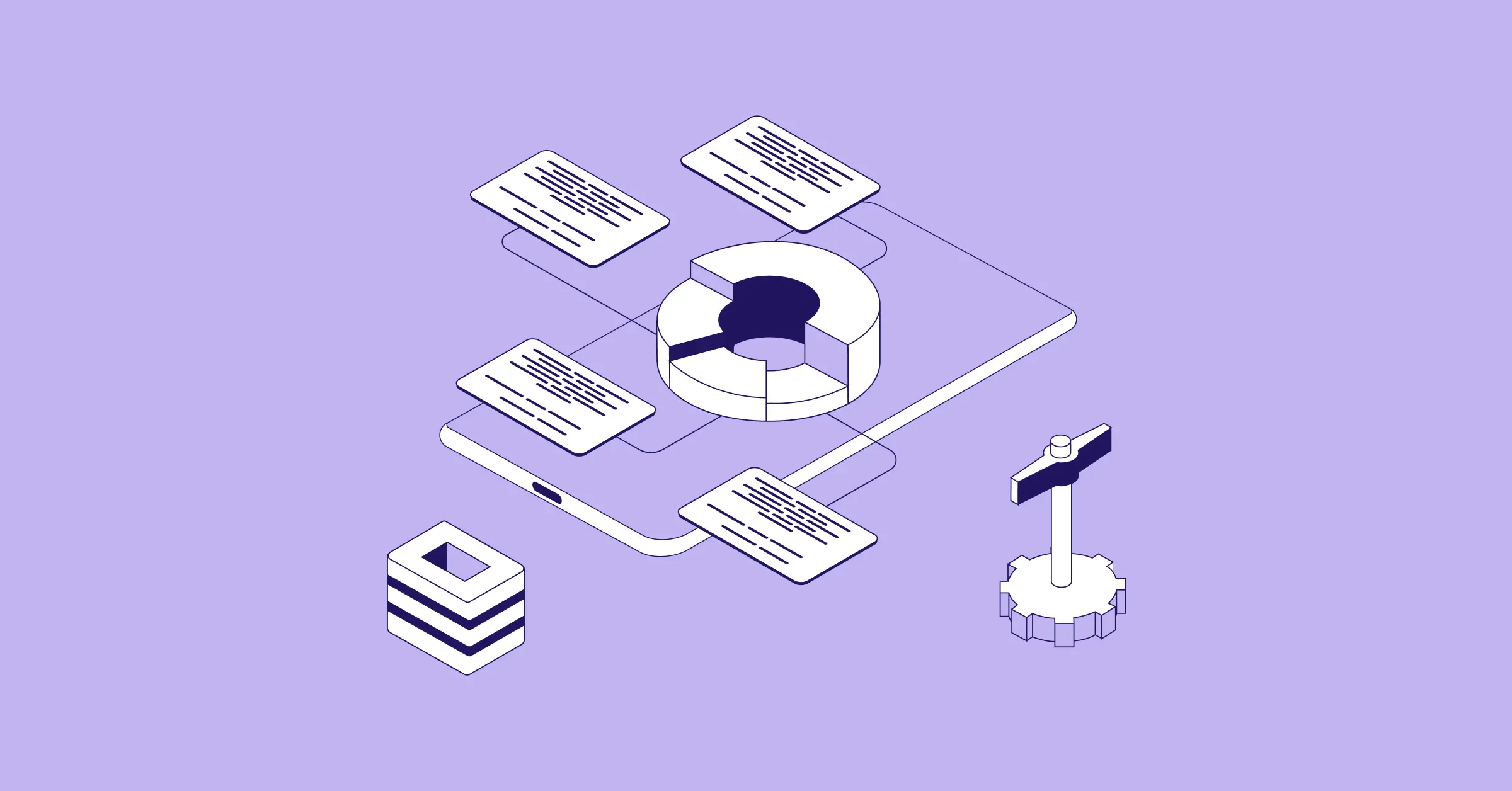September 11, 2023
Enhancing NetSuite Capabilities with PayEm
Or Chacham
CPA

Sign up for our newsletter
Stay informed with the latest trends and best practices in finance and procurement.

Speak to a business leader from a Fortune 1000 company and the chances are they use the NetSuite business management platform. Owned by Oracle, the solution has over 36,000 customers worldwide and has garnered high praise for its powerful functionality.
What many professionals might not know is that seamlessly adding PayEm to your NetSuite deployment can take your NetSuite capabilities to a whole new level, giving your teams and employees superpowers that have competitor-killing benefits, not to mention introducing game-changing internal efficiencies.
Read on to learn more about this potent combination and how you and your organization can benefit.
Why finance professionals love NetSuite
NetSuite is a cloud ERP business software solution offering a single unified management suite incorporating ERP/financials, CRM and ecommerce.
Companies use or switch to NetSuite for a number of compelling reasons, including global subsidiary management, the ability to have both consolidated and individual reports for each subsidiary, consolidated journal entries, as well as reporting and analytics. In general, NetSuite offers improved functionality for global companies, with features like filtering, customization for subsidiaries, and more.
Other elements that people love about NetSuite include:
- All-in-One Functionality: NetSuite empowers users to manage a global organization – including subsidiaries – easily, by enabling these users to maintain individual financial reports and consolidated financial reports in one place.
- Visibility: Thanks to the comprehensive nature of the solution, this increased visibility allows users to dive deep and see granular breakdowns, as well as holistic, unified performance.
- Enhanced Financial Management: With integrated financial tools, NetSuite streamlines financial processes, including billing, revenue recognition, and financial reporting.
- Customization: NetSuite can be tailored to match specific industry, local regulator, or company requirements and business processes.
- Integration Options: NetSuite enables businesses to better manage their operations with multiple integration options including CRM and other finance operation tools.
- Global Reach: For businesses operating internationally, NetSuite offers multi-language and multi-currency support, helping organizations manage diverse markets and comply with international regulations.
In short, NetSuite offers a powerful financial management platform with several compelling benefits that’s used by the world’s biggest and fastest-growing global companies.
How PayEm enhances NetSuite capabilities
With NetSuite providing the base, adding PayEm turbocharges your NetSuite capabilities, becoming a powerful operational amplifier and giving your company a decisive advantage.
If NetSuite is the General Ledger – with numbers and data, the “source of truth” – PayEm provides the elevated financial workflows and processes to enable you and your teams to be much more efficient at the operational level; empowering finance and procurement teams to drive efficiency, maximize savings, and easily navigate complex processes.
How PayEm levels-up NetSuite
PayEm complements NetSuite by automating manual work, reducing errors, and saving time. The synergy between NetSuite and PayEm enhances the efficiency of numerous operations:
Purchase Requests: Generally speaking, NetSuite is built for more finance-savvy employees and teams. Therefore, when a non-finance employee needs to interact with the system, this can introduce uncertainty and even the circumvention of internal controls – especially for hypergrowth companies that are scaling fast, where this results in unnecessary and damaging friction and additional license costs.
Today, many companies are trying to reduce the burden on procurement teams – and the related bottlenecks that ensue – by customizing the employee experience which actually starts with the buying process, or demand, from the employee.
By integrating PayEm, employees can make purchase requests in PayEm instead of NetSuite. PayEm simplifies approval workflows and then syncs them with NetSuite, offering all the benefits of NetSuite while addressing many of the areas of friction – all the while preventing employees from having to manage requests in NetSuite, a task they might find challenging.
Purchase Orders (PO): Because PayEm integrates so seamlessly with NetSuite, all PO data such as custom fields, segments, tax codes, and so on are synced automatically with NetSuite. This creates visibility for both employees and finance teams, improves data accuracy, and significantly reduces PO cycle time as PayEm enables cross-departmental functionality and applies it to the relevant workflows.
Accounts Payable (AP): PayEm automates invoice input to NetSuite, reducing bookkeeping time and errors. Bills or vendor invoices can be approved in PayEm, automatically synced with NetSuite. What’s more, PayEm uses OCR technology to minimize manual work, prevent human error such as typos, and streamline approval workflows for billing within NetSuite.
PO Matching: PayEm identifies the best POs to match with incoming invoices by analyzing the vendor, item, and pending balance. This automated process reduces manual bookkeeping time and the potential for errors, and increases compliance. But it’s more than that – PayEm also has the ability to send the invoice directly to the requester, promoting a culture of ownership.
Connection to Payment Methods: PayEm syncs bill payments directly into NetSuite after they are paid, replacing manual bank reconciliations, and automates credit card transaction entries. Every PO is seamlessly connected to a payment method such as credit card, ACH, wire, MASAV, check, or any other method. This allows for easier and faster processing, while also syncing the payment automatically to NetSuite after approval, saving huge amounts of time.
Real-Time Transactions: PayEm enables real-time transaction recording, mitigating end-of-month bottlenecks. By using PayEm, finance teams get real-time updates which help better manage their time, reduces errors, and enables them to make better decisions.
If you’re worried about your existing NetSuite customizations, don’t be. All customized segmentation automatically syncs with the PayEm platform, so all mappings and configurations are perfectly aligned by subsidiaries, departments, vendors, accounts, and classes. There are no double entries, and no manual work required.
What’s more, the PayEm platform enables PO-to-card management and payment, allowing the importation of POs from Netsuite, and assigning them a credit card. Teams can even create POs and assign them to an approval flow that’s fully synced with NetSuite once approved, all within the PayEm platform.
Unlock value with NetSuite + PayEm
If you already use NetSuite or are considering migrating to the platform in future, you should be adding PayEm to your stack.
As we’ve seen, PayEm enhances NetSuite by automating multiple financial processes – making financial operations more efficient, saving time, reducing errors, increasing compliance, strengthening internal controls, enabling employees to perform their roles better, and enabling better strategic decision-making.
To join those who have already successfully added PayEm to their NetSuite deployment, which takes just minutes, get in touch with a PayEm NetSuite expert today.


